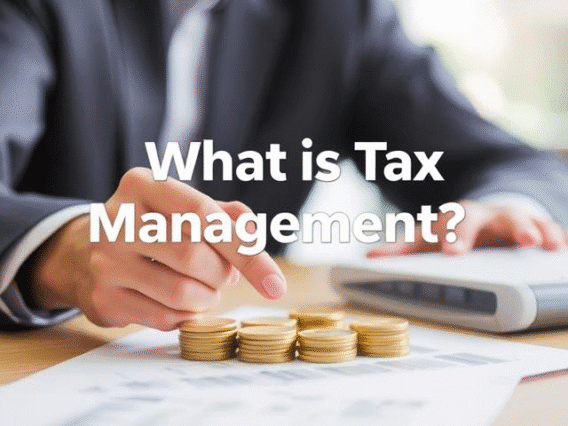Human and Organizational Development (HOD) is an interdisciplinary field that integrates principles of human development (individual growth, well-being, and potential) with organizational development (systematic improvement of structures, processes, and culture).
What is the concept of Human and Organizational Development (HOD)?
It emphasizes the symbiotic relationship between people and organizations, recognizing that thriving individuals drive organizational success, and effective organizations foster human flourishing. Below is a detailed exploration:
Core Concepts
- Human Development:
- Focuses on enhancing individual capabilities, skills, and well-being (e.g., education, mental health, career growth).
- Key theories: Maslow’s Hierarchy of Needs, Erikson’s Psychosocial Stages, and Self-Determination Theory (autonomy, competence, relatedness).
- Organizational Development:
- Focuses on improving organizational systems, culture, and performance (see previous answer).
- Interplay:
- Organizations shape human behavior (e.g., through roles, norms, and incentives).
- Individuals influence organizational culture and innovation (e.g., leadership, creativity).
Key Principles of HOD
- Holistic Growth:
- Prioritize both personal well-being (e.g., work-life balance, mental health) and organizational goals (e.g., productivity, innovation).
- Participatory Approaches:
- Engage employees in decision-making to foster ownership and alignment with organizational vision.
- Equity and Inclusion:
- Create systems that empower diverse voices and address systemic barriers (e.g., DEI initiatives).
- Adaptive Learning:
- Promote lifelong learning for individuals and agile structures for organizations to navigate change.
- Sustainability:
- Balance short-term gains with long-term societal and environmental health (e.g., ethical practices, ESG goals).
Frameworks Linking Humans and Organizations
- Human Capital Development (HCD):
- Invest in education, training, and health to enhance employee productivity and satisfaction.
- Example: Google’s “20% time” policy for employee-driven innovation.
- Positive Organizational Scholarship:
- Study how strengths, resilience, and virtuous practices (e.g., gratitude, trust) enhance performance.
- Socio-Technical Systems Theory:
- Optimize the interaction between people (social systems) and technology/processes (technical systems).
- Employee Experience (EX) Design:
- Shape workplace environments (physical, cultural, digital) to boost engagement and retention.
Applications of HOD
- Leadership Development Programs:
- Cultivate emotionally intelligent leaders who inspire teams and drive strategic goals.
- Talent Management:
- Align individual career paths with organizational needs (e.g., mentorship, succession planning).
- Organizational Culture Change:
- Shift from hierarchical to collaborative cultures (e.g., Zappos’ holacracy model).
- Workplace Well-being Initiatives:
- Mental health support, flexible work arrangements, and stress-reduction programs.
- Community and Global Impact:
- Corporate social responsibility (CSR) programs that benefit employees and society (e.g., Patagonia’s environmental activism).
Challenges in HOD
- Balancing Priorities: Managing tensions between profit motives and human-centric values.
- Resistance to Change: Overcoming inertia in individuals and systems.
- Measurement: Quantifying intangible outcomes like “employee happiness” or “organizational trust.”
- Global Diversity: Navigating cultural differences in values and work practices.
Emerging Trends
- Hybrid Work Models:
- Redesigning work to balance flexibility (remote options) with collaboration (in-person hubs).
- AI and Human Collaboration:
- Leveraging technology to augment (not replace) human skills (e.g., AI-driven talent analytics).
- Purpose-Driven Organizations:
- Aligning missions with societal impact (e.g., B Corps, social enterprises).
- Neurodiversity in the Workplace:
- Creating inclusive environments for individuals with diverse cognitive styles (e.g., autism-friendly hiring).
Theoretical Foundations
- Systems Theory:
- Organizations are living systems where changes in one area ripple through others.
- Complexity Leadership Theory:
- Leadership in adaptive, unpredictable environments (e.g., fostering innovation in crises).
- Adult Development Theory (Kegan, Lahey):
- How adults evolve cognitively and emotionally, impacting their capacity to lead and collaborate.
Case Studies
- Microsoft’s Cultural Shift:
- Satya Nadella transformed the company from a “know-it-all” to a “learn-it-all” culture, emphasizing empathy and growth mindset.
- Unilever’s Sustainable Living Plan:
- Integrated employee development with sustainability goals, reducing environmental impact while boosting innovation.
- Southwest Airlines:
- Built a people-first culture (e.g., employee empowerment, humor) to drive customer loyalty and profitability.
Why HOD Matters
In an era of rapid technological, social, and environmental change, HOD provides a roadmap for:
- Resilient Organizations: Adapting to disruptions while maintaining employee trust.
- Fulfilled Individuals: Ensuring work aligns with personal meaning and growth.
- Societal Progress: Addressing global challenges (e.g., inequality, climate change) through ethical, human-centered organizations.
Human and Organizational Development is not just a discipline—it’s a mindset. By valuing people as the heart of organizations, HOD creates ecosystems where both individuals and institutions thrive, fostering a more equitable and sustainable future.
















3 Comments